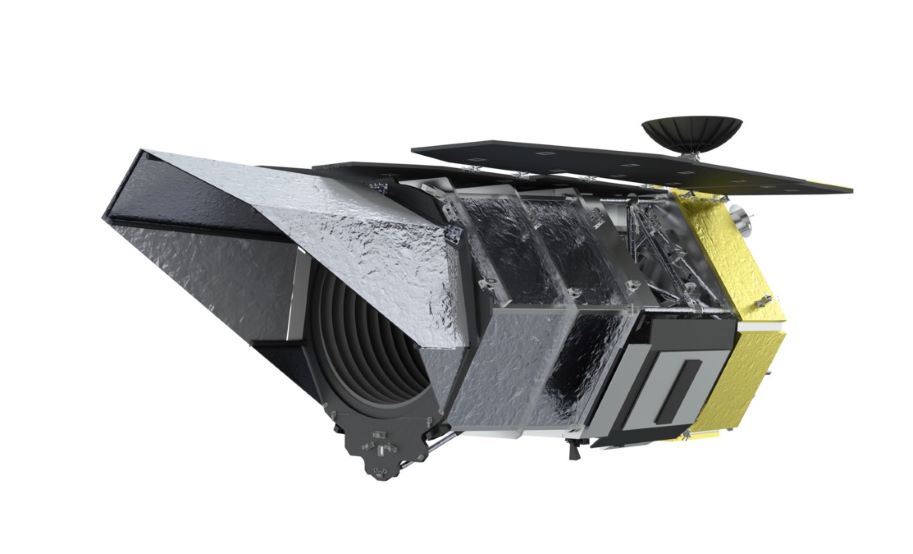The Milky Way contains trillions of orphan planets
Scientists from the U.S. National Aeronautics and Space Administration (NASA) and Osaka University in Japan expect that the Roman Space Telescope, set to launch by May 2027, will detect at least 400 Earth-mass rogue planets - celestial bodies drifting through space independently, not bound to any star.
A joint NASA-Osaka study based on a nine-year survey named MOA (Microlensing Observations in Astrophysics) at the Mount John University Observatory in New Zealand estimates that our galaxy Milky Way may be home to trillions of such orphan planets, surpassing the number of stars by a factor of 20, NASA said in a statement.
Other galaxies are no exception – there are plenty of solitary planets in the Universe, their research suggests.
According to David Bennett, a senior research scientist at NASA’s Goddard Space Flight Center, this research provides the first measurement of the abundance of rogue planets in the galaxy, particularly those with masses less than Earth.
Microlensing events, observed during the MOA survey, occur when a celestial object aligns almost perfectly with a distant background star, causing a temporary spike in brightness. This phenomenon allows astronomers to gather information about low-mass free-floating planets, a method especially useful for detecting objects like primordial black holes.
More to read:
JWST spots large planets free-floating in space
The findings suggest that Earth-size rogue planets are more prevalent than their larger counterparts, shedding light on planetary formation mechanisms. These smaller planets, being less tethered to their host stars, can be flung into space during gravitational interactions, leading to a solitary existence between stars.
While the study identified a rogue planet with a mass similar to Earth, the researchers caution against assuming similarities beyond mass.
The upcoming 4-ton Nancy Grace Roman Space Telescope aims to expand the search for solitary planets, with a wide-field view and enhanced sensitivity due to its space-based observations. Initial estimates indicated the telescope could detect 50 terrestrial-mass rogue worlds, but the new findings suggest it might identify around 400.
The combination of Roman's capabilities and ground-based telescopes, such as Japan’s PRIME telescope, is expected to provide detailed insights into these elusive rogue planets, contributing to a deeper understanding of our galaxy's inhabitants. The collaboration between Earth-based and space-based observations during microlensing events will enable more accurate measurements of rogue planet masses, further enriching astronomers’ knowledge of these intriguing worlds.

The Roman Space Telescope. Credit: Wikipedia via NASA
The objectives of the Roman Space Telescope aim to address cutting-edge questions in cosmology and exoplanet research, including:
- Answering basic questions about the dark energy;
- Completing a census of exoplanets to help answer new questions about the potential for life in the Universe;
- Establishing a guest investigator mode, enabling survey investigations to answer diverse questions about our galaxy and the universe.
- Providing a coronagraph for exoplanet direct imaging that will deliver the first direct images and spectra of planets around our nearest neighbors, similar to our own giant planets.
It will carry two instruments: the Wide-Field Instrument, which is a 300.8-megapixel camera providing multiband visible to near-infrared imaging using one wideband and six narrowband filters, and the Coronagraphic Instrument, which is a high contrast coronagraph covering shorter wavelengths using dual deformable mirror starlight-suppression technology.
***
Care to buy us a coffee? Do it via PalPal: office[at]rudeana.com. Thank you.







![[video] Aerospace startup proposes sled launch system to push planes into space](/news_img/2024/11/15/news0_mediu.jpg)